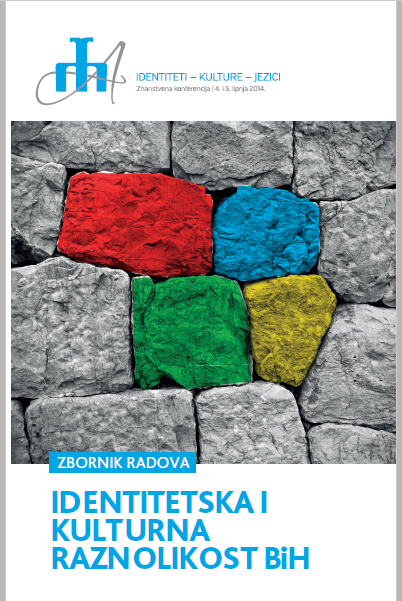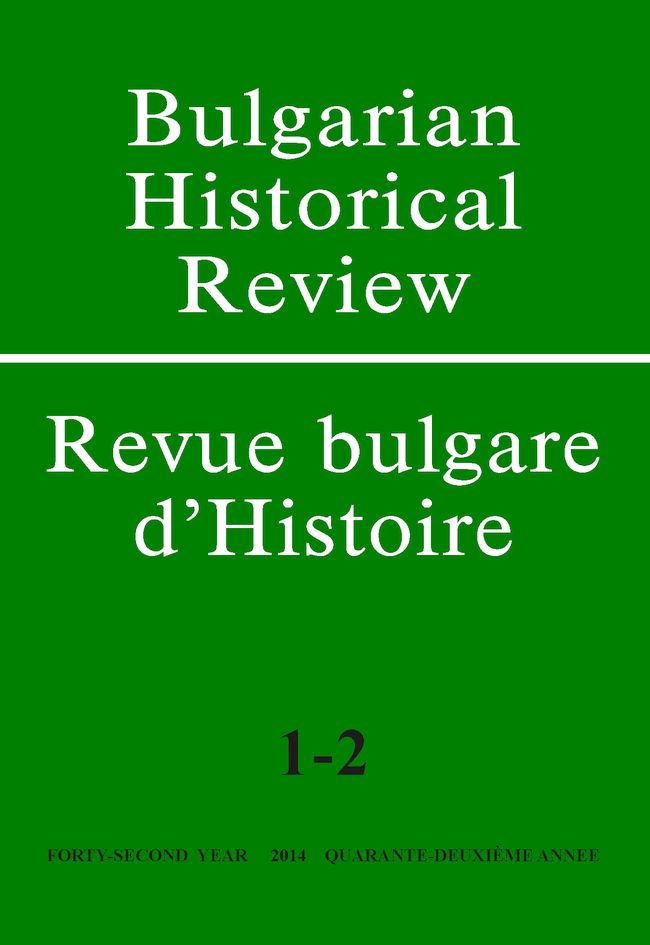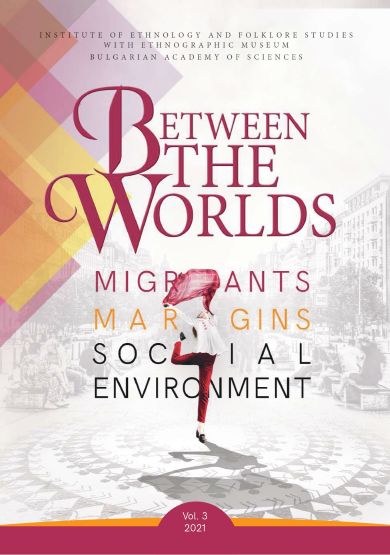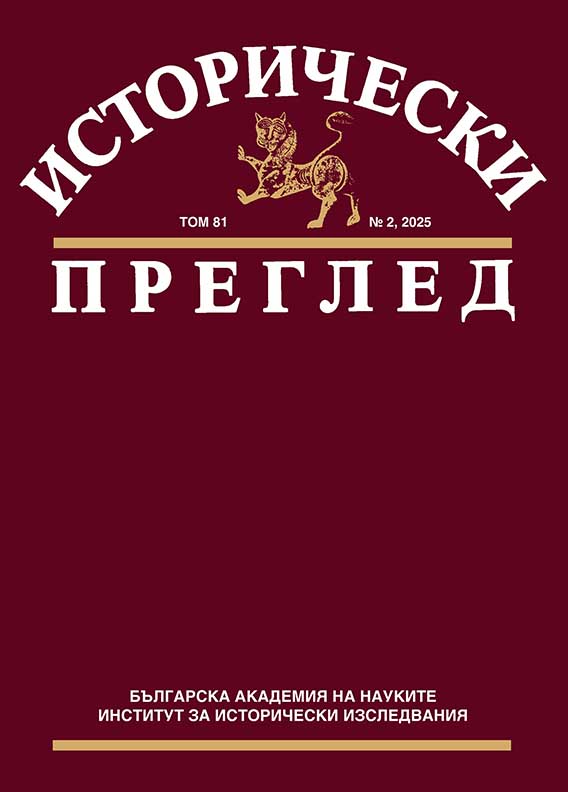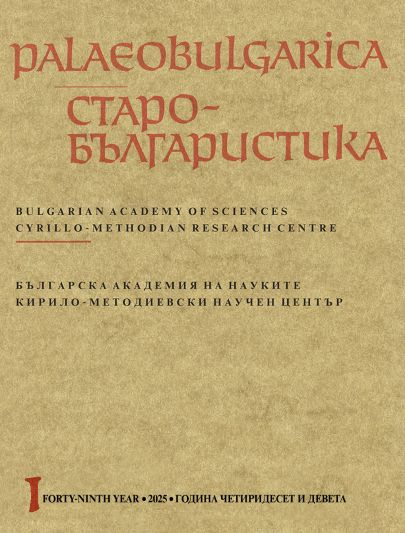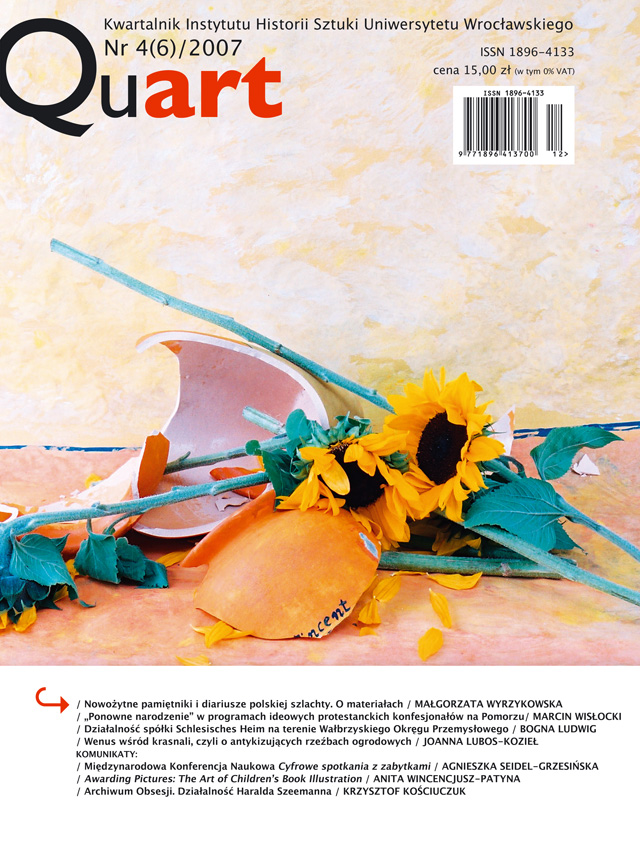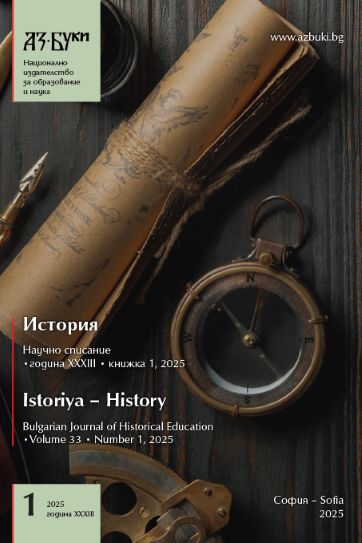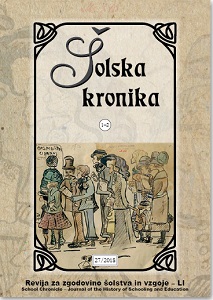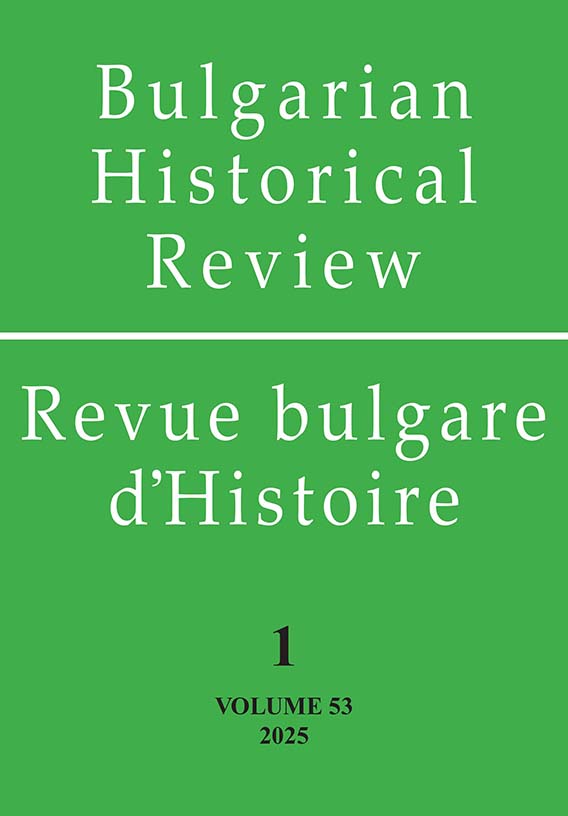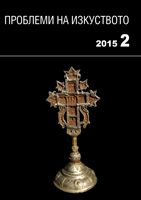
Стенописите в Долнобешовишкия манастир „Св. Архангел Михаил”
Most of the murals at the catholicon of St Michael the Archangel nearby the village of Dolna Beshovitsa, Vratsa district, were uncovered in the restoration work of 2006 by Dimcho Radev and were not been published. The extant murals are set mostly on the east side. The wall-painting programme features a combination of Catholic influence and gearing to the selection of the representations of the patron saint of the church, St Michael the Archangel. The Catholic influence is discernible in the architecture and in the representations of Roman Popes and of SS Cyril the Philosopher and Methodius. An explanation of the individual figure of the Mesopotamian prophet Balaam is provided by the dedication of the church, as he is represented in the scene of an Angel appearing to him. An Archangel, holding the Holy Sudarium, is painted mirroring Balaam’s figure. The representation of the two small figures of angles, flunking the image of Christ in the composition adoration of the Lamb in the apse, is also in all likelihood connected with the patron saint of the church. The just a few studies mentioning the murals at the church of Dolna Beshovitsa, date them to the seventeenth century at the earliest. Their manner as well as the Heirmologion copied for the monastery in 1549 by Deacon John, suggest the assumption that the murals under consideration have been painted circa the mid-sixteenth century.
More...
